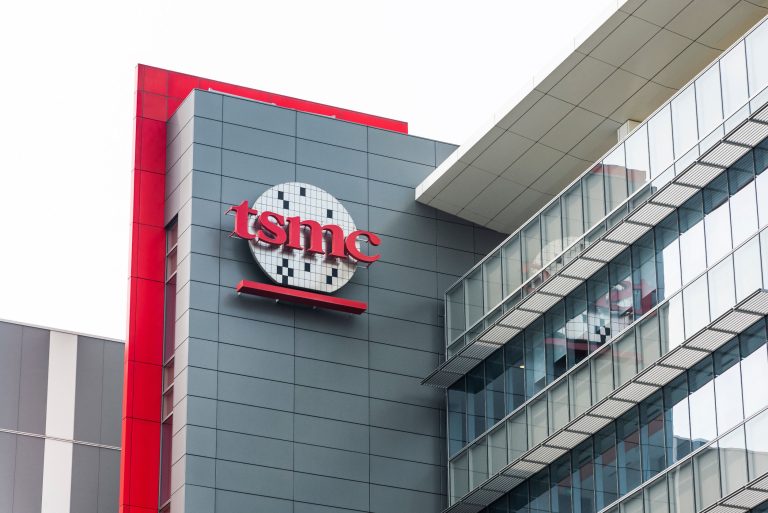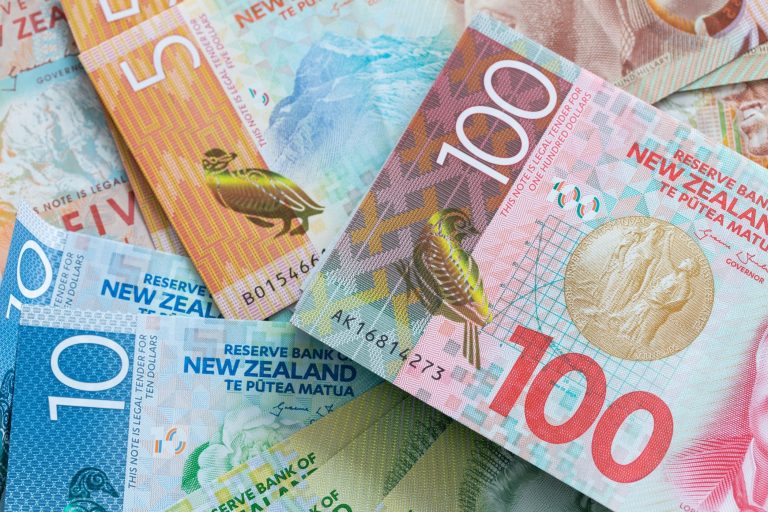Taiwan Semiconductor Manufacturing Co. (TSMC), a key supplier to Nvidia and Apple, posted a 54% increase in Q3 net profit, surpassing expectations as surging demand for artificial intelligence (AI) chips offset weakness in the mobile industry.
The chip giant reported net profit for the September quarter of NT$325.3 billion ($10.1 billion), exceeding analysts’ average estimate of NT$299.3 billion.
The boost in earnings followed a 39% rise in revenue during the same period.
AI chips offset mobile market slump
TSMC’s performance reflects the growing importance of AI infrastructure.
As companies like Microsoft and Amazon ramp up spending on AI, the demand for advanced chips has surged, helping TSMC weather sluggishness in traditional markets like mobile and automotive sectors.
The increased demand has also bolstered TSMC’s partnerships with Nvidia and Apple, whose AI-related products and services have driven strong chip orders.
Despite concerns about slowing fabrication capacity growth, TSMC’s 2- and 3-nanometer chip technologies have attracted significant interest from companies including Nvidia, AMD, and Qualcomm.
This strong pipeline of orders has allowed TSMC to maintain a positive revenue outlook.
Stock performance and market reaction
TSMC’s shares have surged more than 70% this year, outperforming many of Asia’s major tech companies.
The growth mirrors investor confidence in the AI theme, with US retail investors actively trading TSMC’s American depositary receipts (ADRs). As of early trading, TSMC’s ADRs rose 4.5% on Robinhood’s platform.
Meanwhile, shares of Japanese chip equipment makers like Lasertec Corp. pared early losses after TSMC’s earnings announcement.
However, investors remain cautious following ASML Holding NV’s recent report, which revealed weaker-than-expected bookings due to slower recovery in the mobile and automotive sectors.
TSMC has eyes on international expansion
TSMC’s strategy of international expansion also supports its positive outlook.
The company is pursuing new plant construction in Japan, Arizona, and Germany, with plans to expand further into Europe, focusing on the growing AI chip market.
While AI spending continues to be a bright spot for TSMC, some investors have expressed concerns about its sustainability.
Analysts are questioning whether tech giants like Meta and Alphabet will maintain their high levels of investment in AI chips without a groundbreaking application to justify the spending.
Despite these concerns, TSMC remains focused on strengthening its production capabilities and capitalizing on AI-driven opportunities.
The company’s leadership in advanced semiconductor technologies and packaging solutions positions it well to meet the needs of future AI applications.
TSMC’s better-than-expected quarterly performance underscores the company’s ability to navigate shifting market dynamics by leveraging AI-driven demand.
With international expansion underway and cutting-edge technology leading the way, TSMC appears well-positioned for continued growth, even as the broader semiconductor market faces uncertainties.
The post TSMC Q3 earnings beat forecast with AI chip demand driving growth appeared first on Invezz










